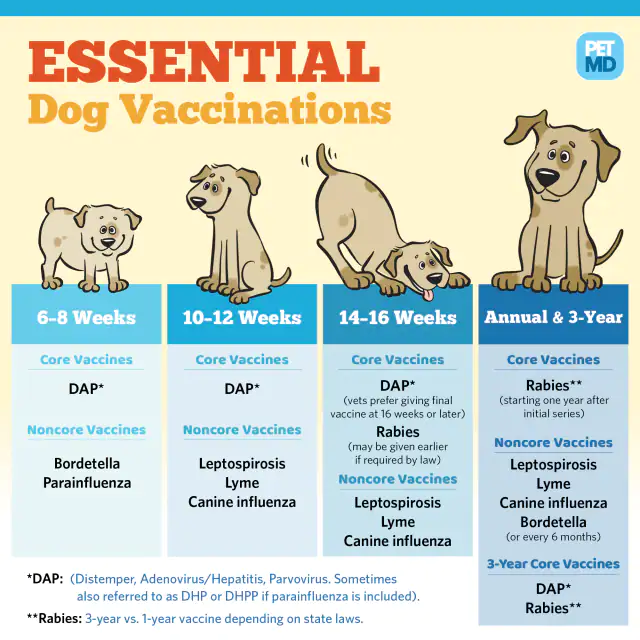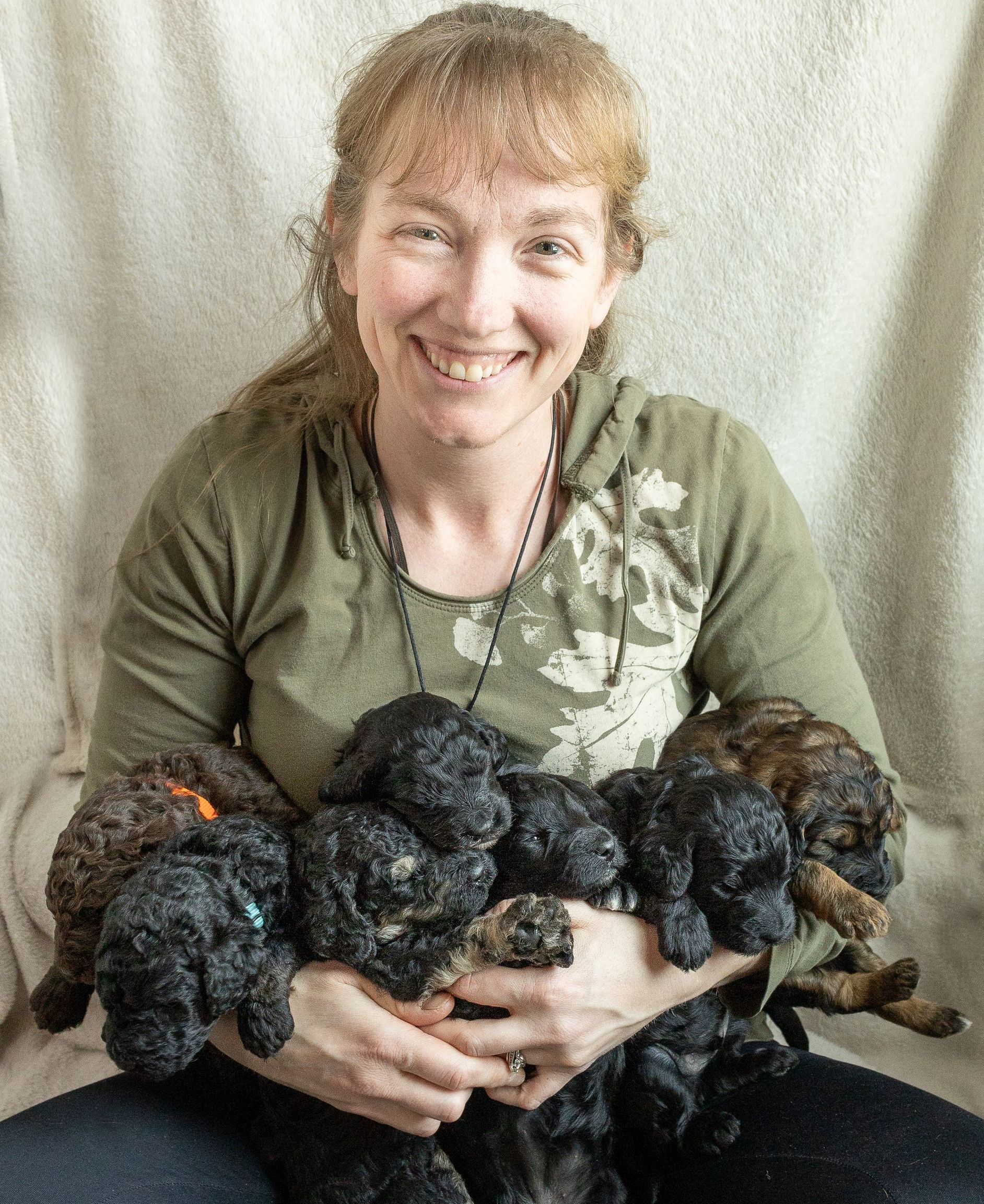Bringing Your Puppy Home
Bringing home a new puppy is incredibly exciting. But there’s so much to do to make your puppy’s transition a success. From puppy proofing your house to purchasing chew toys, to starting potty training on the right foot, it’s easy to become overwhelmed. To put you on track and ensure a happy dog for years to come, check out our new puppy checklist.
Puppy Proofing
Puppies are unbelievably curious, but just like toddlers, they don’t understand what is safe and what is off limits. Remember, if a puppy can get something in his mouth, he’ll eat it or chew it! That’s why it’s essential to puppy proof your home. You’ll protect your house, prevent bad habits, and most importantly, keep your puppy safe. Here are some tips for proper puppy proofing:
- Look at your house from your new puppy’s point of view. Get on your hands and knees so you don’t miss anything at ground level.
- Keep anything dangerous, like cleaning supplies, behind locked cupboard doors or stored up high.
- Tie all electrical cords out of your puppy’s reach.
- Put everything valuable away. Knickknacks and cell phones can’t be destroyed if they’re kept in drawers or on a high shelf.
- Keep shoes in a closed closet. If you don’t want something to become a chew toy, prevent your puppy from getting it in the first place.
- Switch to garbage cans with lids. Food smells will attract your puppy, so be sure he can’t get in your trash.
- Use barricades like baby gates or exercise pens to keep your puppy confined to safe areas or out of unsafe ones. You don’t have to puppy proof the whole house until your dog is ready for that kind of freedom.
- Examine your backyard for hazards. For example, look for holes in the fence or toxic plants.
Go Shopping
It’s important to have all the necessities like a crate and chew toys before you bring your puppy home. The following things can start your shopping list:
- Crate. This is an invaluable tool for keeping your puppy safe when you can’t supervise him and for simplifying your house training routine. Be sure to pick the correct size. If the crate is too large, your puppy can use one end as a toilet which will set your potty training back.
- Collar and leash. Depending on your dog’s size and how much they pull, you might want a harness as well. Don’t forget to put an ID tag on your puppy’s collar.
- Puppy food and bowls.
- Exercise pen or baby gates.
- Chew toys. All dogs love to chew. Teething puppies most of all. Pick chew toys that aren’t too small for your puppy to prevent a choking hazard.
- Grooming tools. It’s never too early to start getting your puppy used to nail trims and brushing. Each puppy comes home with a double brush. Recommended tools for coat care needed are a pin brush, undercoat rake, blunt end scissors (to safely trim around the eyes), dematting tool and a comb. Other supplies needed are nail trimmer, dog shampoo, toothbrush and canine tooth paste.
- Treats. Simple training can start from your puppy’s first day at home, so be ready with plenty of tasty rewards.
Veterinarian
- Find a veterinarian and other pet professionals like a groomer or pet sitter. Don’t be afraid to visit them first and ask for references. Also, learn the location of your nearest emergency veterinary clinic.
- Worms are an inevitable part of a puppy’s life, so knowing what to look for and how to treat them is important. Most puppies are born with worms, which is why puppies should be wormed at 2, 4, 6, 8 and 12 weeks of age, and then every three months for life with an all-wormer. Make sure you discuss when to have your puppy wormed with your veterinarian.
Pushing Paper
As fun as it is to play with your new puppy, there are still some administrative tasks to take care of. Keep this paperwork in mind:
- Name your puppy. Although your breeder named your puppy, his/her name can be changed and is completely up to you.
- (Optional) Register your puppy with the Continental Kennel Club. You will receive this information from me once proof (copy of invoice from your vet) your dog has been spayed or neutered. You may also register your doubledoodle with the AKC Canine Partners program. This will allow your dog to participate in some of the most popular AKC dog sports like agility or rally and earn certain titles for his achievements.
Making Introductions
Your puppy will need time to adjust to his new environment. Plus, it’s likely he’ll miss his doggy family until he gets used to his human one. Be patient and be careful not to overwhelm him. Consider the following:
- Show your puppy around. Let him know where to find his crate, food, and water bowl, and where he should be going to the bathroom. Let him explore with supervision, but don’t give him the run of the house on day one. He can earn freedom as he learns the rules.
- Supervise introductions to other pets. Don’t let your puppy annoy your older dog and be sure cats have an escape route. In the beginning, keep interactions short and sweet. Keep resident pets separated from your new puppy for a few days.
After your new puppy is used to his new den area, put an expandable pet gate in the doorway or put your puppy in his crate. Give your resident pet access to the area. Let pets smell and touch each other through the crate or pet gate. Do this several times over the next few days.
Give the resident pet access to the den area with your new puppy out of his crate. Supervise their meetings and go back to through-the gate/crate meetings if trouble arises.
- Introduce your puppy to new people with care. Too many cuddles all at once can be stressful. Everybody will want to meet your puppy, and it’s important for him to meet as many new people as possible. But make sure each experience is pleasant and rewarding.
- Socialize your puppy. Socializing means introducing your puppy to as many new people, dogs, places, situations and so on as possible. Be sure to do this at your puppy’s pace. Don’t force him. Encourage him and stay positive.
- Ideally, your kids should help you choose your puppy. When you bring him home, don't let them play with him constantly. Puppies need a lot of rest, just like a growing child. Limit puppy-children play sessions to 15-30 minute periods, two to three times a day.
Young children might be tempted to shout at a puppy if they think he's doing something wrong. Be sure kids understand that puppies and dogs can be easily upset and startled by loud noises.
- No teasing. Keeping a toy just out of reach will reinforce bad habits such as jumping up and excessive barking.
- Wagging tails and play biting can be too rough for young children. Supervise puppy-child interactions and separate them if the play is too rough.
- Teach kids to care for a dog by showing them how to feed and groom him.
Teaching and Training
Every interaction between you and your puppy has the potential to build your bond and teach something new, and there’s no reason you can’t get started right away. Here are some training considerations to keep in mind:
- Potty train from day one. Your dog needs to know exactly where you expect him to do his business. Prevent accidents so he also learns where not to go. If a mistake happens, clean it up with an enzymatic urine cleaner.
- Set the house rules. For example, decide if your puppy can go on the furniture and who is in charge of mealtimes and walks. To prevent confusing your puppy, make sure your entire family is on board and consistent.
- Teach your new puppy basic behaviors like watch me, sit, or down. With positive reinforcement-based training, you can encourage good manners in even very young puppies. If you’re struggling with your new puppy, consider getting help from the Good Dog Helpline.
- Look for a puppy class. Puppy kindergarten helps with both socialization and training. Search for a training club in your area.
Helpful Hints
- Use stainless steel, non-tip food bowls, which won't break or absorb odors.
- Toys with parts that squeak or whistle can be dangerous if swallowed.
- For a comfortable collar fit, allow for two fingers of space between the collar and your dog's neck; consider using an adjustable collar.
Fencing Options
Keeping your puppy safe in your yard requires good fencing. There are several options to choose from, and the one you should pick will depend on your puppy's personality, your property, and your budget. Here are some of the options you should consider:
- Privacy fencing. Privacy fences have no openings and provide excellent containment.
- Chain link. Inexpensive chain link works well and is durable.
- Underground fencing. These electronic systems cannot be seen, jumped over, or dug under. Wire is buried, configured, and connected to a transmitter. The dog wears a special collar that emits warning tones and issues a mild shock as he nears the buried wire.
- Kennels. A covered kennel run, especially one with a concrete floor, will keep your puppy from digging, climbing, or jumping out. Ask your veterinarian or breeder to recommend an appropriate size.




